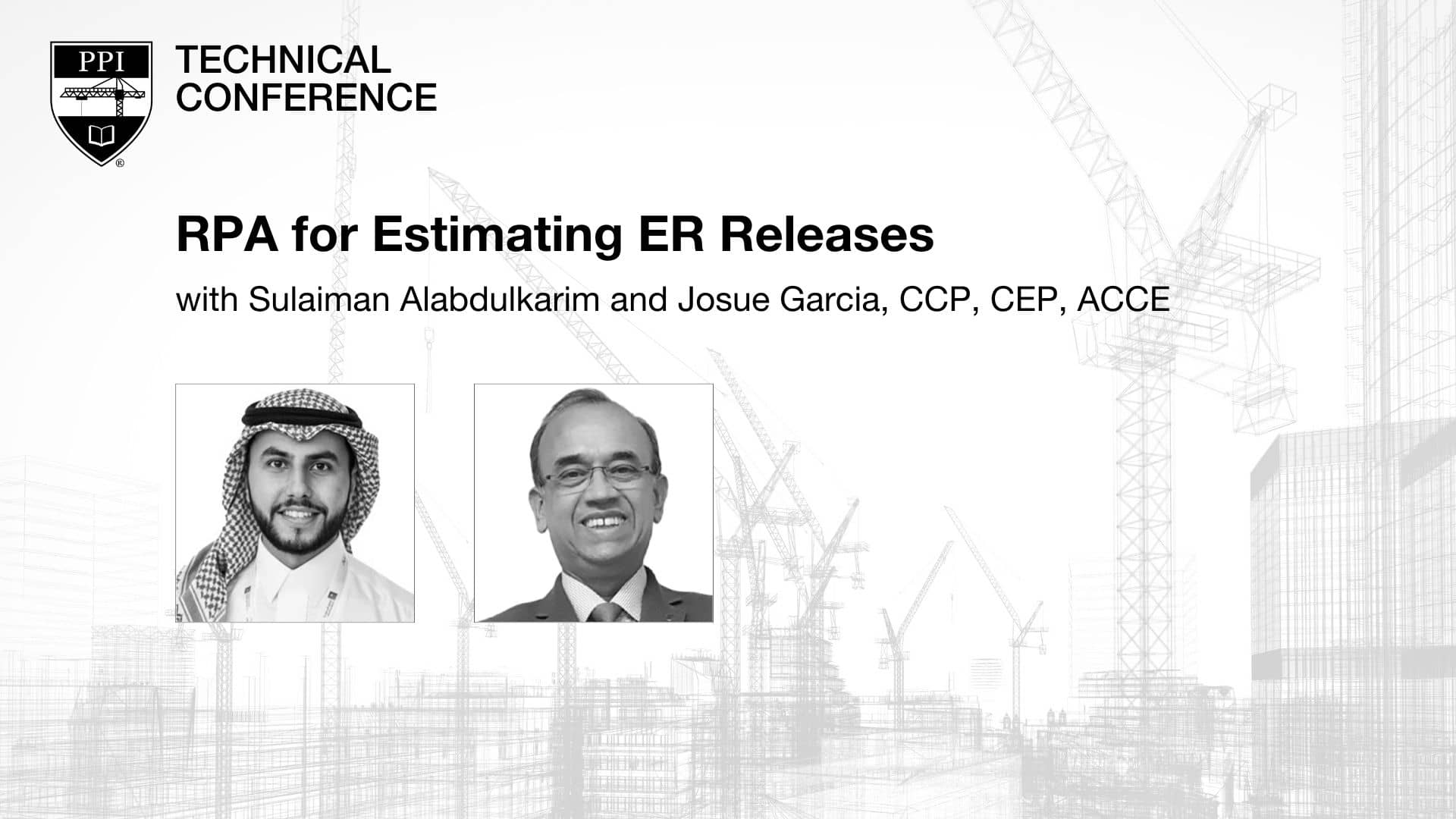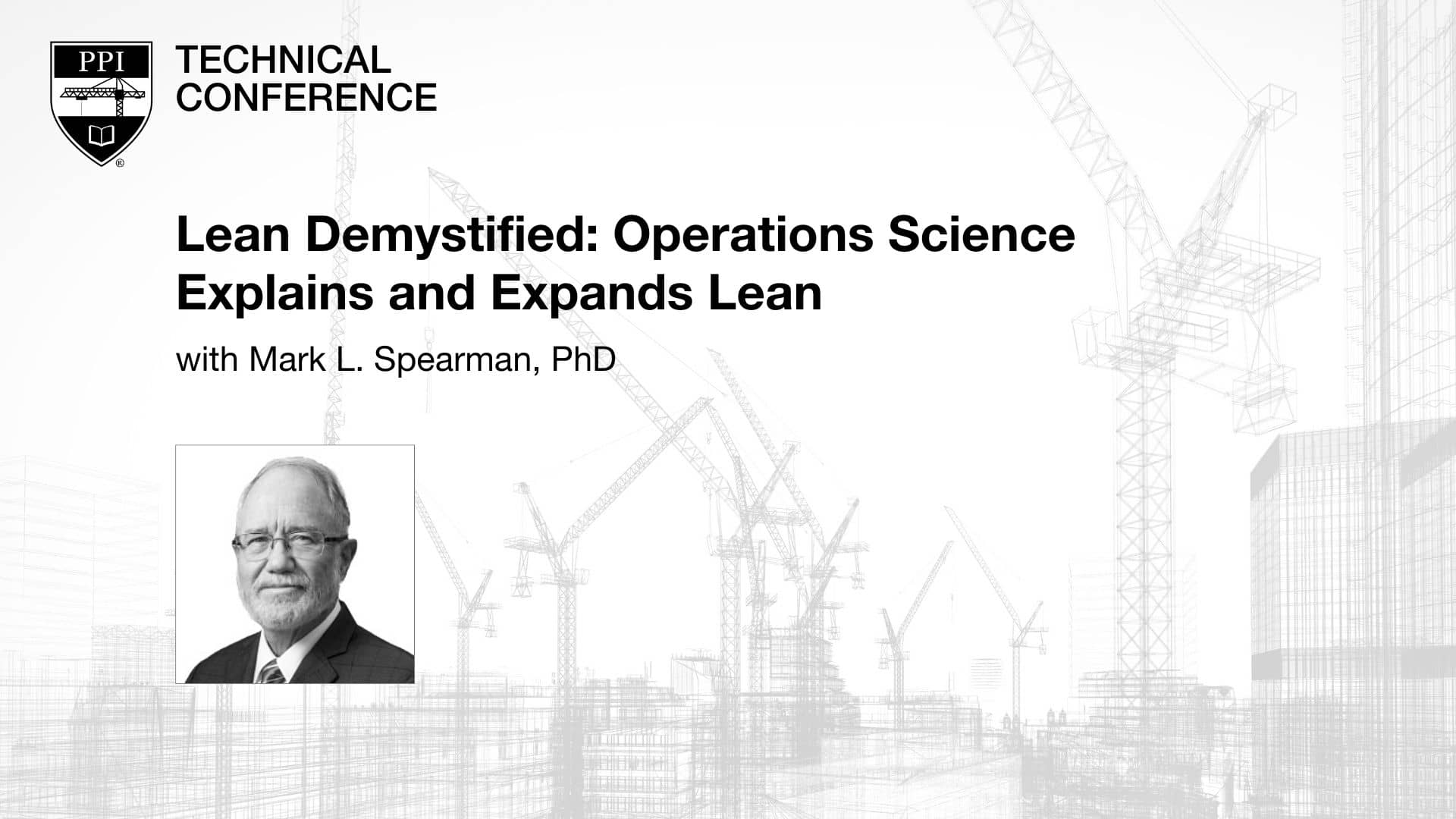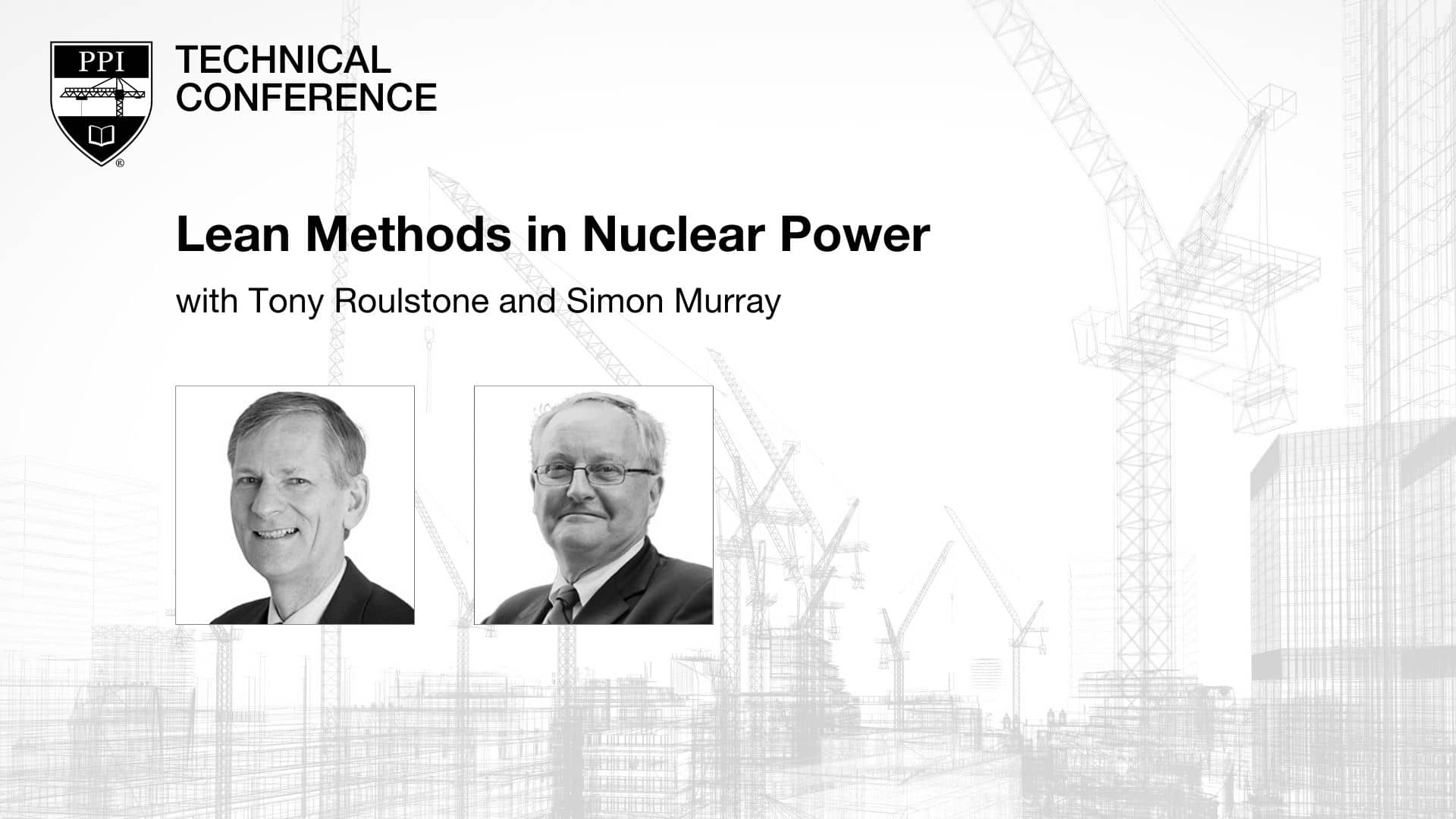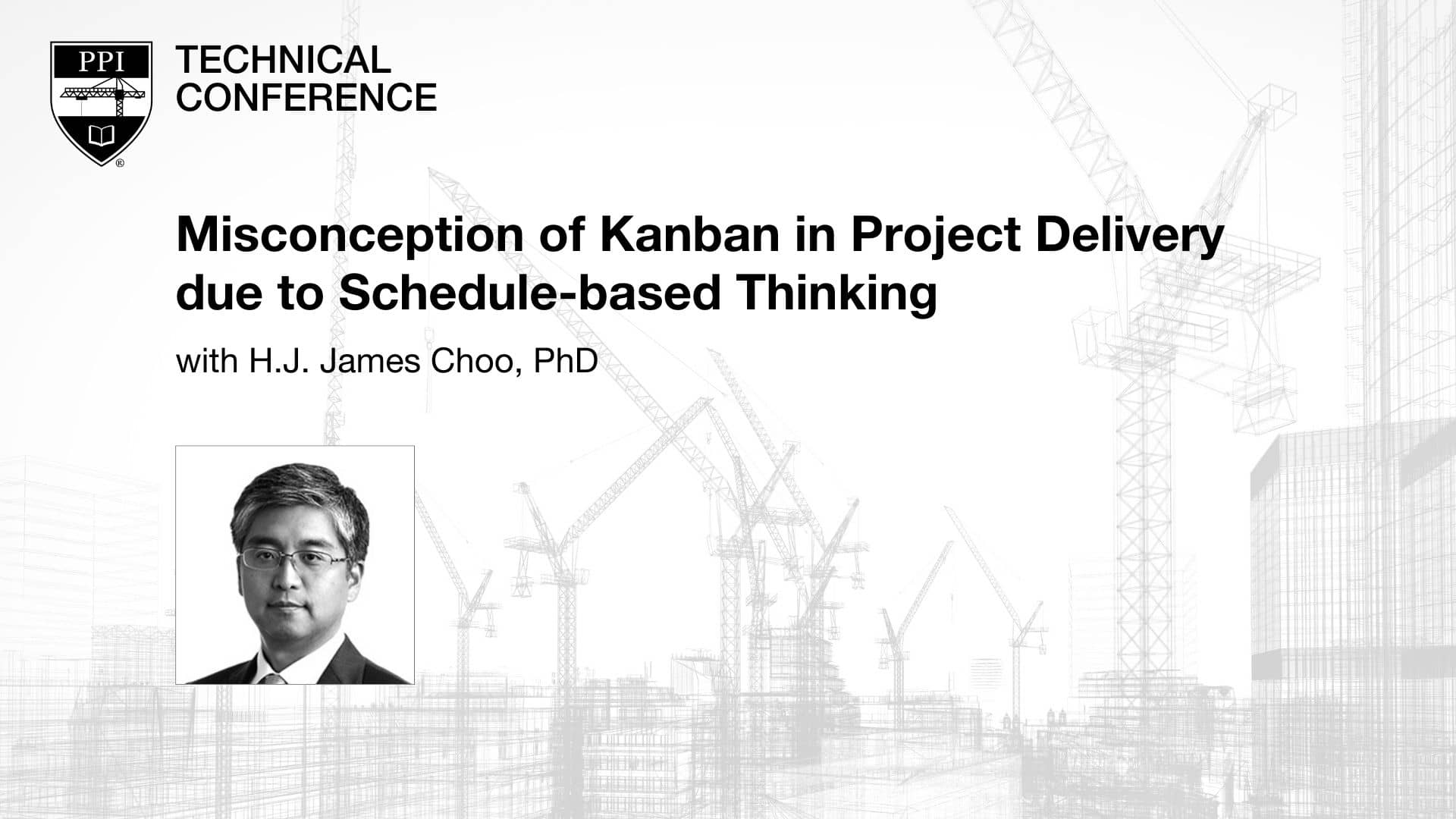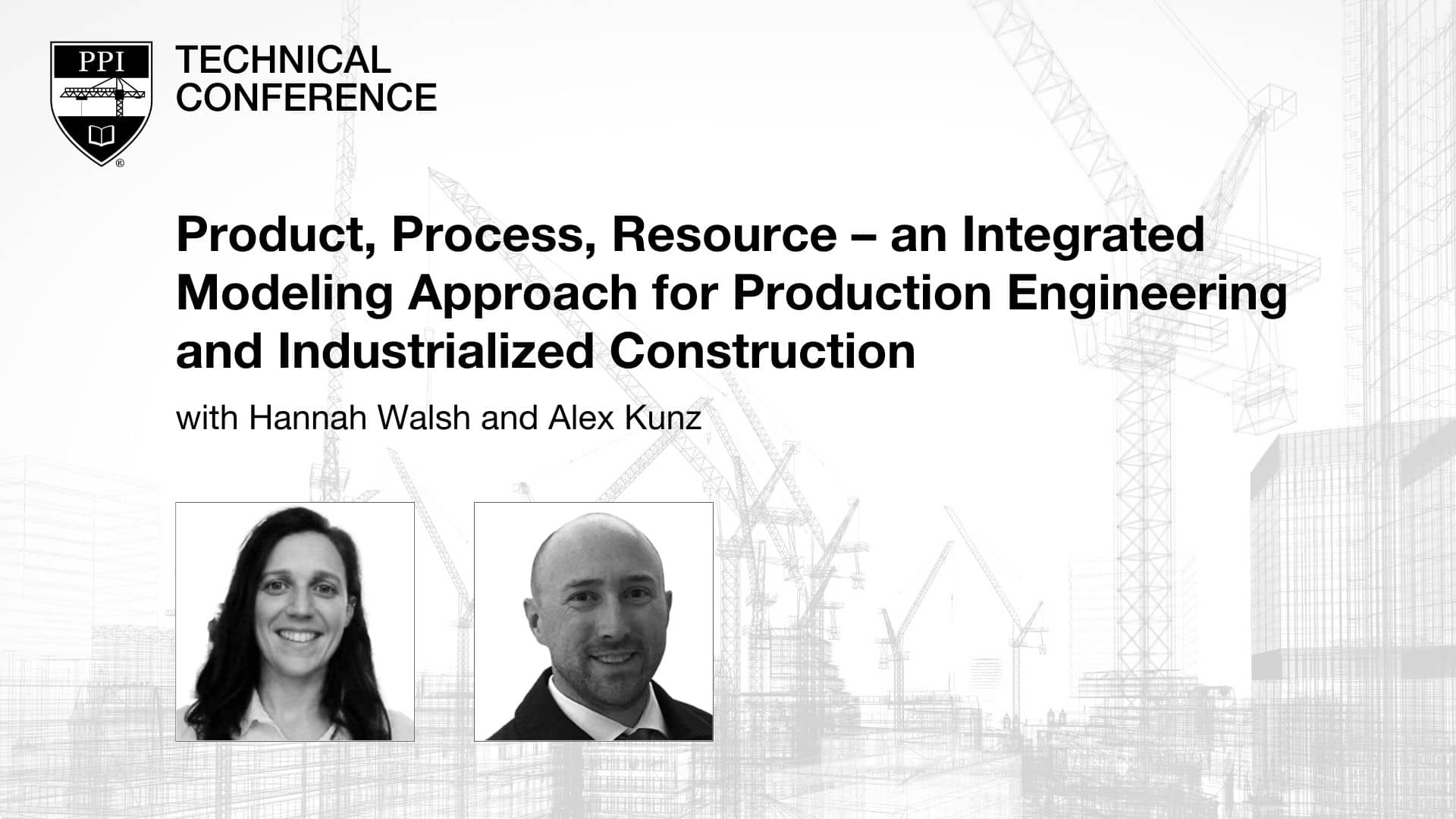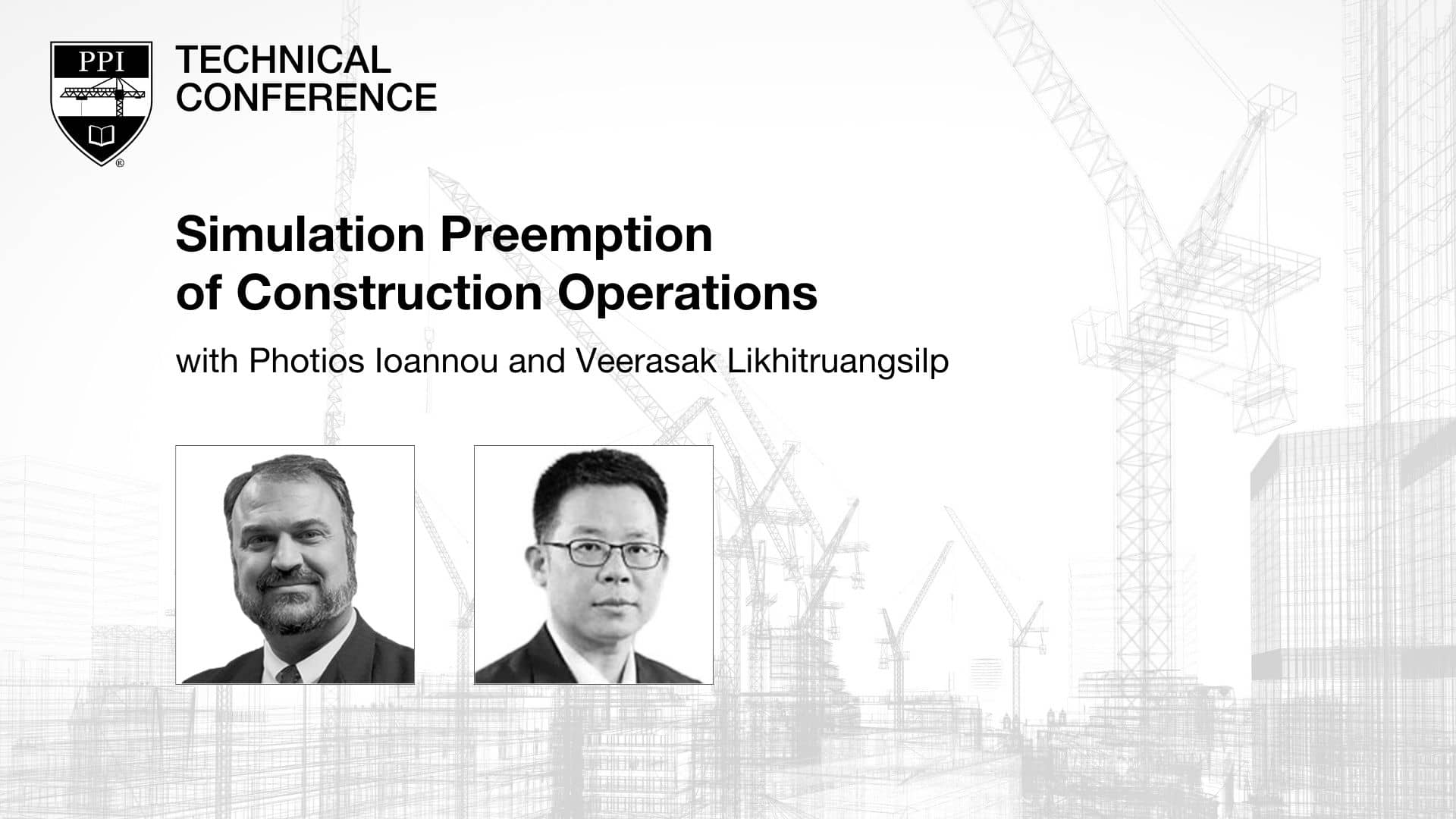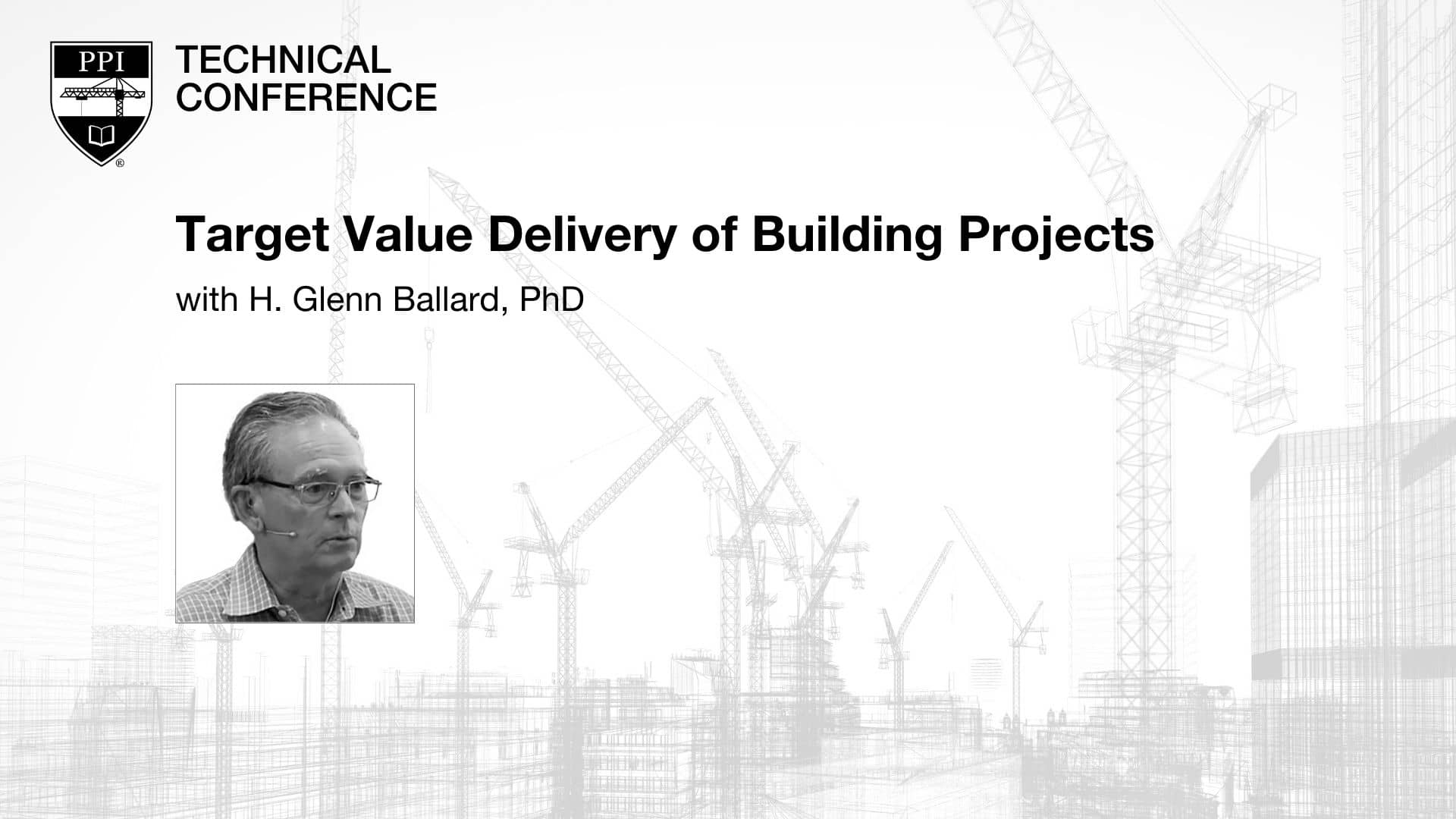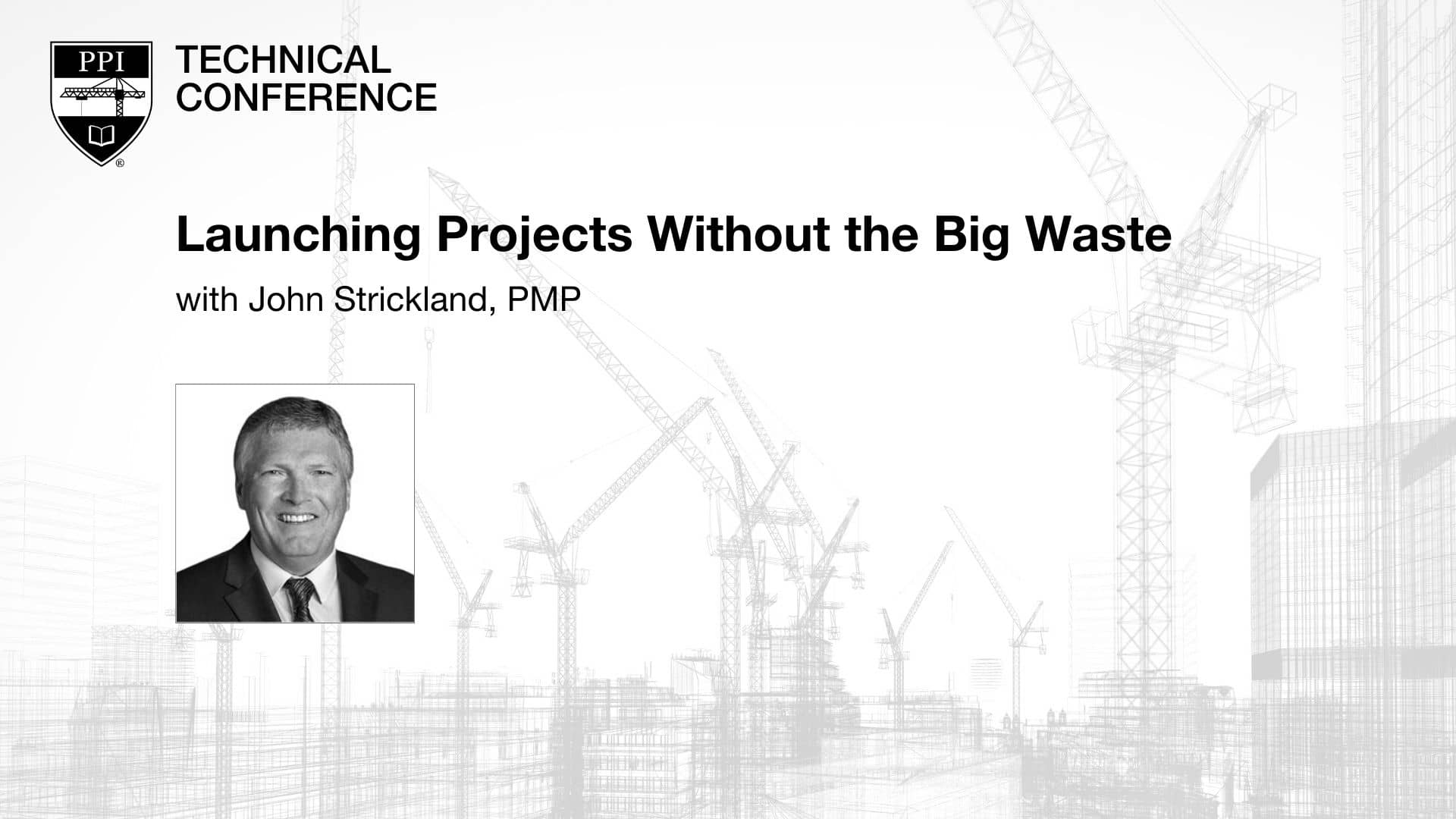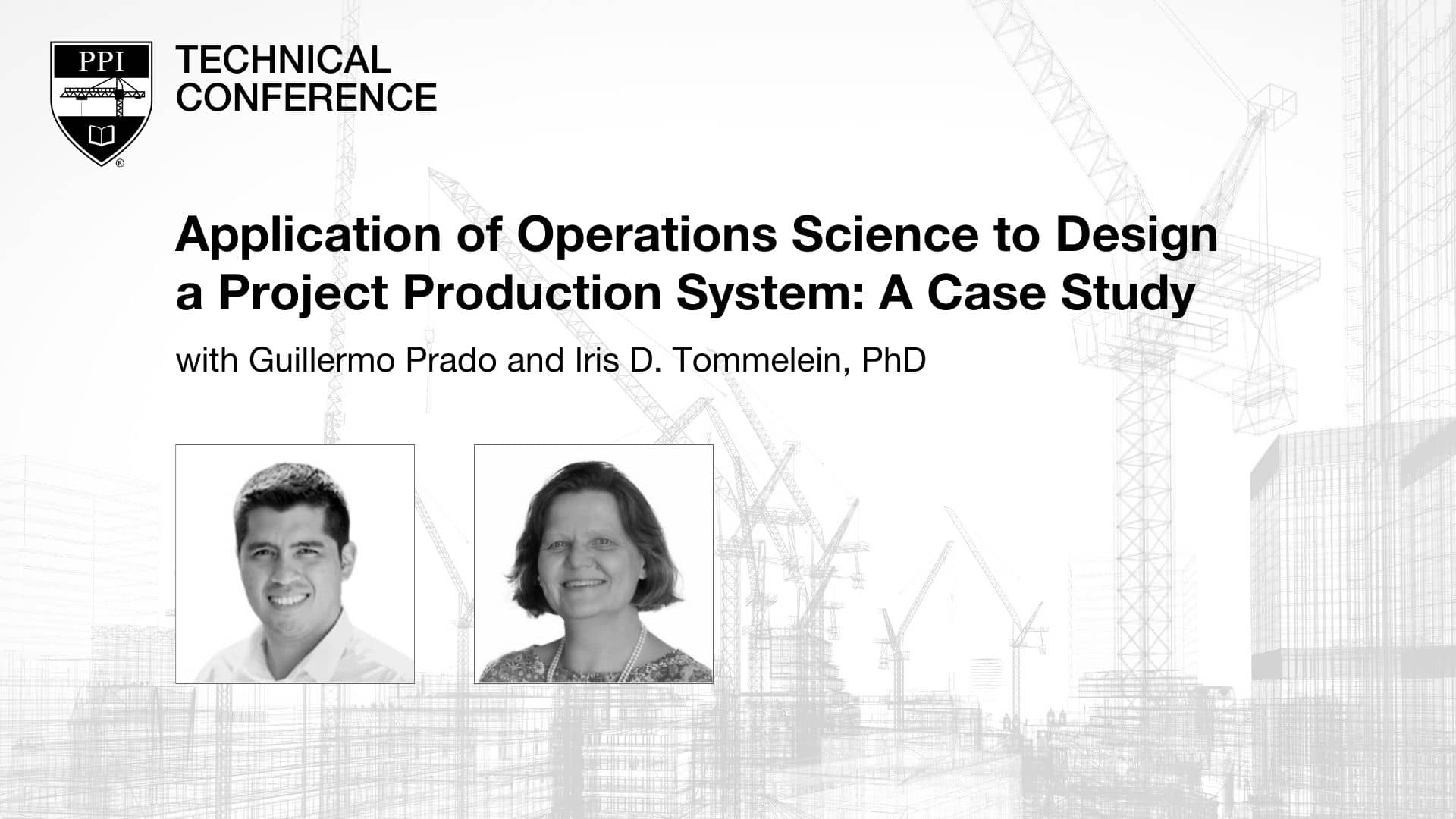The primary objective of PPI’s annual technical conference is to discuss and address the root cause of major capital project cost and schedule overruns via research, discussion and dissemination of Project Production Management (PPM) and its foundation of Operations Science. The conference advances research, education, knowledge and practical application of PPM through the presentation of papers and exchange of ideas between industry and academia.
In support of this, PPI invites practitioners and academics to submit and present their accepted technical papers with a focus on one of the following research categories: Theory (specifically related to Operations Science), Model (the application of simulations, digital twins, robotics, autonomous, IoT, AI / ML) or Control (the use of various systems, protocols, methods and tools that are used to control Project Production Systems).
Presentations
Bifurcation of Demand and Supply (Schedules vs. Production Systems)
Current project management practice focuses primarily on what to build, when to build and who will do the work. Schedules depicting what work needs to be done by who, and when it needs to be done, establish overall expectations and are used as the basis for reporting and forecasting of project progress. Ignoring the other element of the equation, the supply side, specifically the project production system or how the work will be done, results in the inability to effectively predict and control project outcomes. Understanding that there is a production system and that it will dictate project behavior including cost, quality, duration and use of cash, along with using Operations Science to understand and control its behavior, is key to delivering projects in accordance with desired outcomes. However, not all projects take this into account resulting in less than optimal performance. The purpose of this paper is to define what a project production system is (and is not) and how it compares and contrasts with schedules, while introducing a framework for effective management of project production systems.
Benefits of Modeling and Optimizing Production Systems – An Application on Civil Infrastructure Projects
Civil infrastructure projects such as roads, bridges, ports, tunnels, and airports, are critical endeavors for the growth and modernization of societies. Their public nature creates a unique level of exposure and scrutiny where project performance is in the eye of society. But unfortunately, the delivery of civil infrastructure projects suffers from less-than-optimal performance with abundant and striking evidence of schedule and cost overruns, while health, safety, environmental, and quality standards are being compromised.
Project Production Control Implementation to Improve Construction Schedules
PETRONAS
PETRONAS
Every key performance indicator used to monitor a project’s construction progress emphasizes trade productivity or specific commodity run-down curves. Examples include productivity of welding by quantity of joints completed per day, quantity of NDT (Non-Destructive Test) inspection per day, etc.
RPA for Estimating ER Releases
Saudi Aramco
Robotic Process Automation (RPA) is a rapidly evolving technology that has been widely adopted in various industries for its ability to automate repetitive and rule-based tasks. In this paper, we present a case study of RPA implementation for Estimating Services within Saudi Aramco. The implementation of RPA has led to increased productivity, reduced processing time, and consistent and accurate estimate production. The paper provides an overview of the RPA implementation process, the benefits realized, and the challenges faced during the implementation process.
Lean Demystified: Operations Science Explains and Expands Lean
Using the basic principles of Operations Science, this paper seeks to reveal the secret, one that is hidden in plane sight, of the success of Lean. The list of seven, eight or even ten forms of waste are replaced by one malefactor, variability and the three buffers that will always be present to couple demand with transformation.
Lean Methods in Nuclear Power
University of Cambridge
SA Murray Ltd.
Nuclear power is returning to the energy agenda in Europe and elsewhere across the globe because of the challenges of Climate Change and a refreshed understanding of the need for energy security. Nuclear power has a cost problem which is largely driven by the high cost of construction and long build schedules.
Misconception of Kanban in Project Delivery due to Schedule-based Thinking
Kanban, a subsystem within the Toyota Production System, was popularized throughout the world alongside just-in-time (JIT), fool-proofing, heijunka, kaizen, andon, hoshin kanri, etc., as part of Lean Manufacturing approaches and techniques. Kanban’s simplicity, effectiveness, and robustness are well-understood by many.
Product, Process, Resource – an Integrated Modeling Approach for Production Engineering and Industrialized Construction
A.G. KUNZ
The concurrent development of product designs and process designs, typically to achieve a balance of customer requirements, product functionality, and predictable buildability, is one effective technique in the pursuit of industrialized construction. Too many customer requirements and functions, and the product becomes difficult and unpredictable to deliver. Too much focus on cost & manufacturability and the product falls short of customer expectations.
Simulation Preemption of Construction Operations
University of Michigan
Construction simulation models often need to interrupt activities in progress when events such as equipment breakdowns or differing soil conditions are encountered. The new functions and statements to support activity preemption directly in the STROBOSCOPE simulation system are described and illustrated by two examples.
Developing a Business Case to Productize
DyCat Solutions
The future of capital project execution for the heavy industrial sector needs to look at innovative ways to improve productivity and project success, which includes the implementation of productization methods. The benefits of a productization strategy are not well known, however industrial productization is becoming more communicated within the industry as the future implementation model. Industrial productization utilizes more of a manufacturing style approach to not only improve productivity but to reduce overall lifecycle costs and schedules and improve overall quality and safety.
Target Value Delivery of Building Projects
University of California (retired)
Target Value Delivery (TVD) is a process for setting project value targets and the corresponding cost targets prior to design, then steering design and construction to those targets. Doing so has proven to consistently deliver value for money. This paper describes how TVD differs from other project delivery processes and how to do TVD successfully.
Launching Projects Without the Big Waste
Getting projects off to a good start is the aspiration of every project manager and a critical first step towards smooth flowing work later. Unfortunately, many of our large projects are stymied before the construction team gets a chance to mobilize. Few aspects of project delivery are more disruptive or wasteful than discovering the desired scope cannot be completed at an acceptable cost after most of the design budget has been spent and bidders have been thoroughly exercised. Project after project suffers through this frustration yet the industry continues to utilize the same basic process, analogous to holding a position on the beach while being soaked by wave after wave. Maybe we don’t move because we fail to recognize just how big the waves have become, how much waste is really involved or that there are very practical alternatives. Projects would be much more successful and provide a much better experience for the participants if we could eliminate this Big Waste.
Application of Operations Science to Design a Project Production System: A Case Study in Building Construction
Managers of construction projects have been focusing on cost, schedule, quality and safety to measure project performance using conventional metrics from administration management. These conventional metrics have led them to underestimate or overlook how variability, prerequisites for starting work, and work-in-process (WIP) affect project performance, which is a problem. To tackle this problem, concepts from Operations Science (OS) can be applied to construction production system design (PSD), focusing on metrics pertaining to throughput, work-in-process, cycle time, and capacity utilization.

















